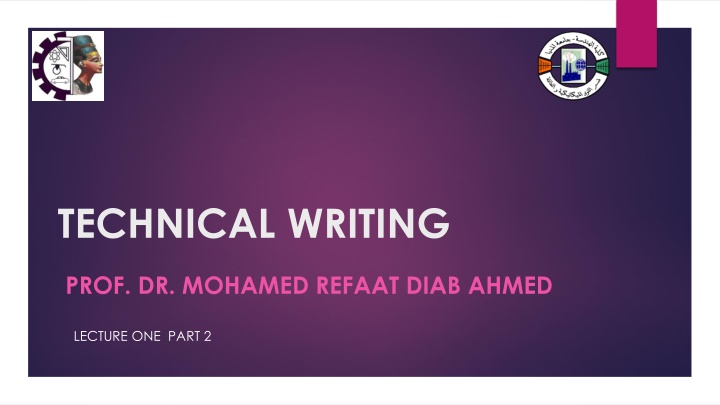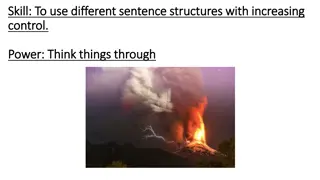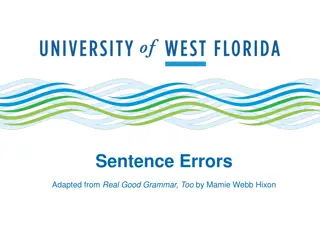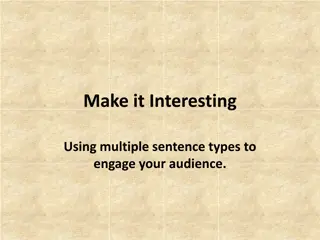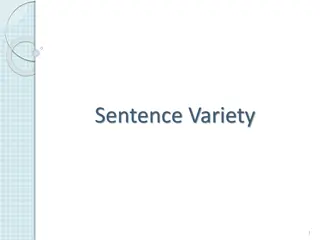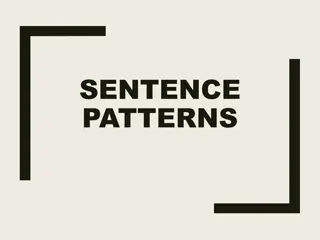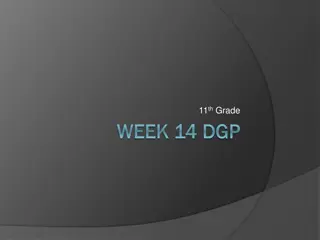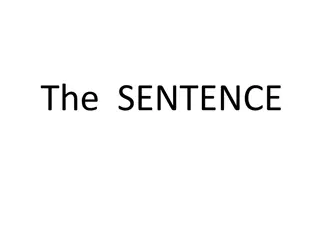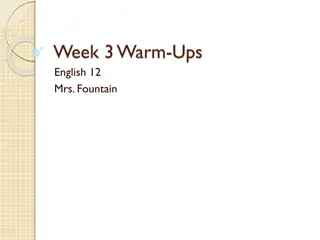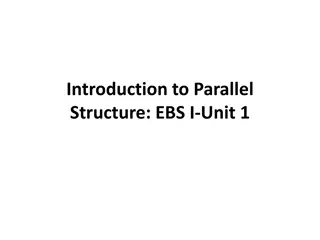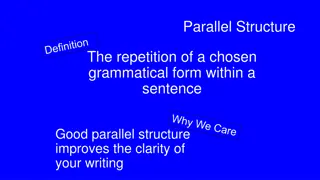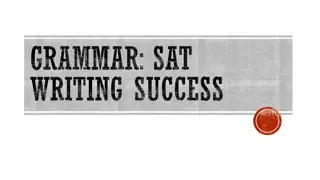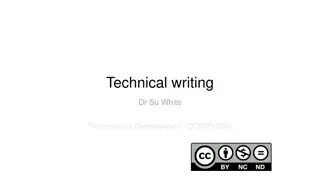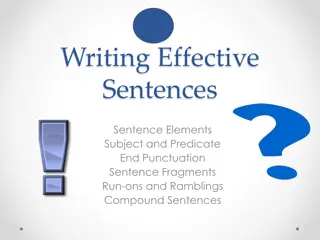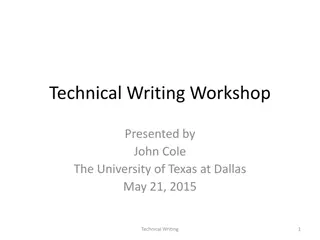Mastering Technical Writing: Sentence Structure and Key Principles
Delve into the essentials of technical writing with Prof. Dr. Mohamed Refaat Diab Ahmed as he covers key practices for crafting clear, concise, and effective technical documents. Explore the foundations of planning, clarity, brevity, and simplicity in writing, ensuring optimal communication with your audience. Learn to organize your thoughts, avoid jargon, use words efficiently, and balance detail with simplicity for enhanced readability. Enhance your technical writing skills with these fundamental principles.
Download Presentation

Please find below an Image/Link to download the presentation.
The content on the website is provided AS IS for your information and personal use only. It may not be sold, licensed, or shared on other websites without obtaining consent from the author.If you encounter any issues during the download, it is possible that the publisher has removed the file from their server.
You are allowed to download the files provided on this website for personal or commercial use, subject to the condition that they are used lawfully. All files are the property of their respective owners.
The content on the website is provided AS IS for your information and personal use only. It may not be sold, licensed, or shared on other websites without obtaining consent from the author.
E N D
Presentation Transcript
TECHNICAL WRITING PROF. DR. MOHAMED REFAAT DIAB AHMED LECTURE ONE PART 2
LECTURE ONE-PART2 SENTENCE STRUCTURE OF TECHNICAL WRITING Good Tech Writers Practice: Planning Clarity Brevity Simplicity
Planning: Before You Begin Identify your audience and their expectations Know your purpose Know your material Understand the writing task at hand Organize your thoughts and materials Budget adequate time to write review revise edit
Clarity: Avoid Jargon Jargon: a vocabulary particular to a place of work (abbreviations, slang) Audience familiarity with the topic determines appropriate use of jargon Define the Unfamiliar If you must abbreviate, define the term in its first occurrence, and put abbreviations in parentheses Italicize first occurrence of unfamiliar terms and define them right away
Brevity: Use Words Efficiently Never use two words when one word will do. Less Is More Cut off language down to the essential message you want to get across to your readers: Most Important First Place key information in the main clause Ex. 1: Despite winning the game, the Patriots made several errors in the first half. Ex. 2: Despite making several errors in the first half, the Patriots won the game. Ex. 3: The Patriots won the game, despitemaking several errors in the first half.
Brevity: Remove Redundancy Combine overlapping sentences when possible Ex. 1: Water quality in the River declined in March. This decline occurred because of the heavy rainfall that month. All the extra water overloaded the county s water treatment plant. Ex. 2: Water quality in the River declined in March because heavy rainfalls overloaded the county water treatment plant.
Simplicity: Use Details Wisely Specific details are desirable, but be careful to balance detail with audience needs for clarity significance is more important. Many engineers want to provide as much specific detail as possible, but this can come at the expense of readers understanding and their main point Ex. 1:The number of particular hydrocarbon combinations in our study is enormous. For example, the number of possible C20H42 is 366,319 and the number of C40H82 is 62,491,178,805,831. Ex. 2: The number of hydrocarbon combinations in our study is enormous. For example, the number of possible C40H82 is over 60 trillion
